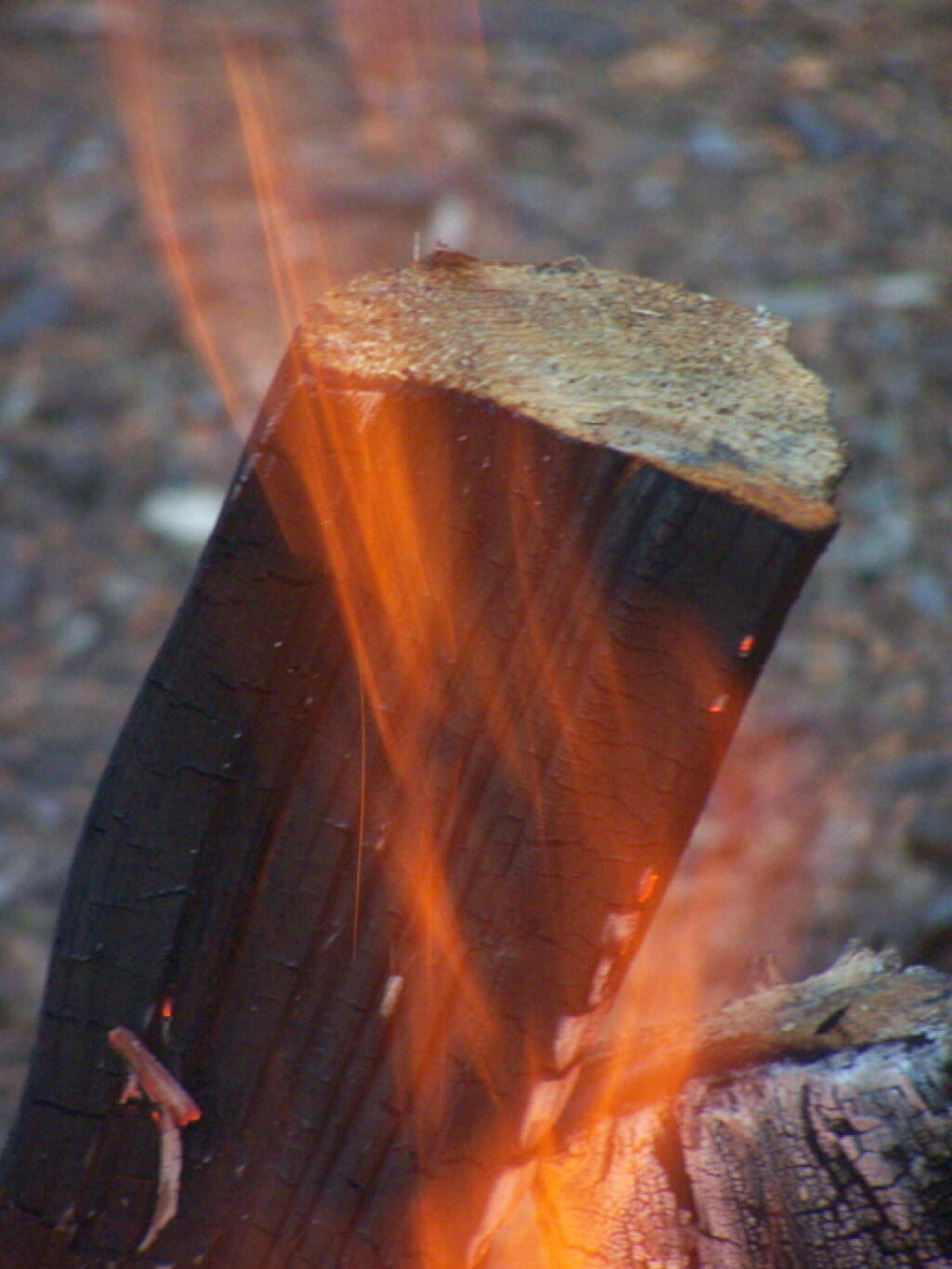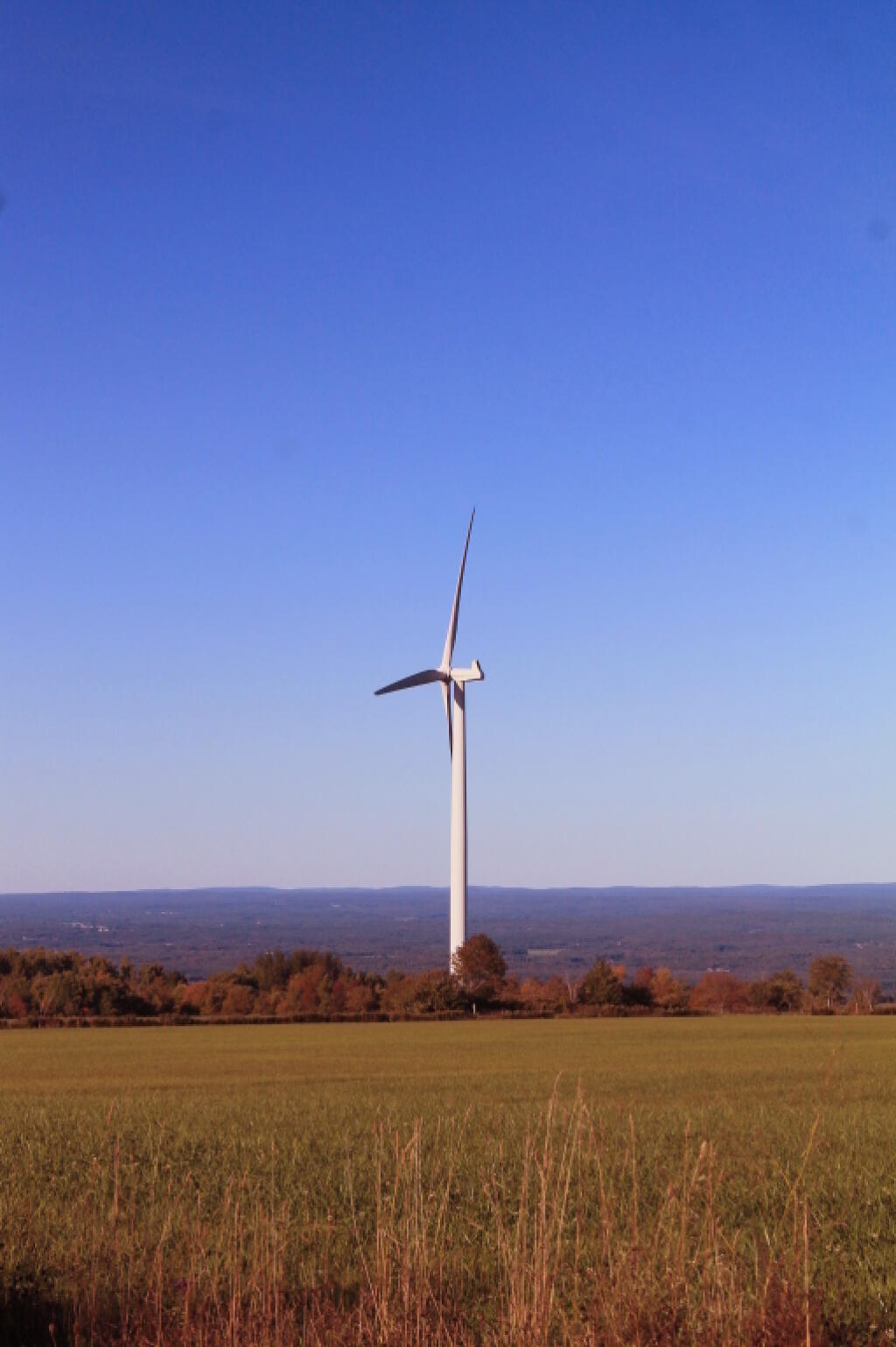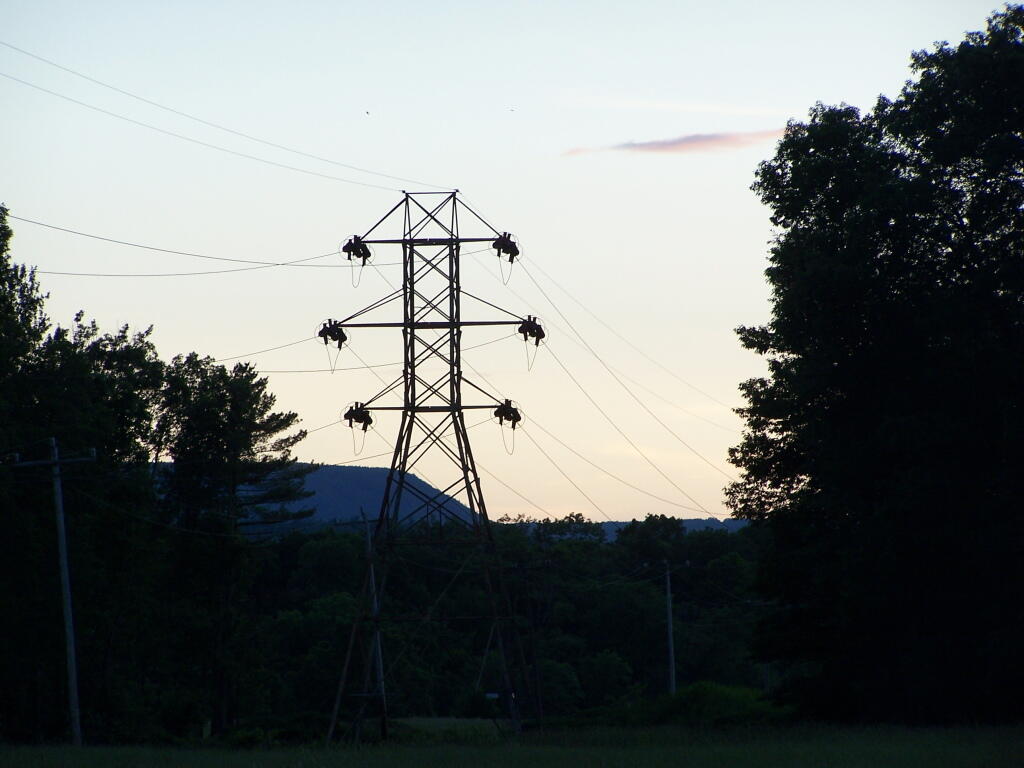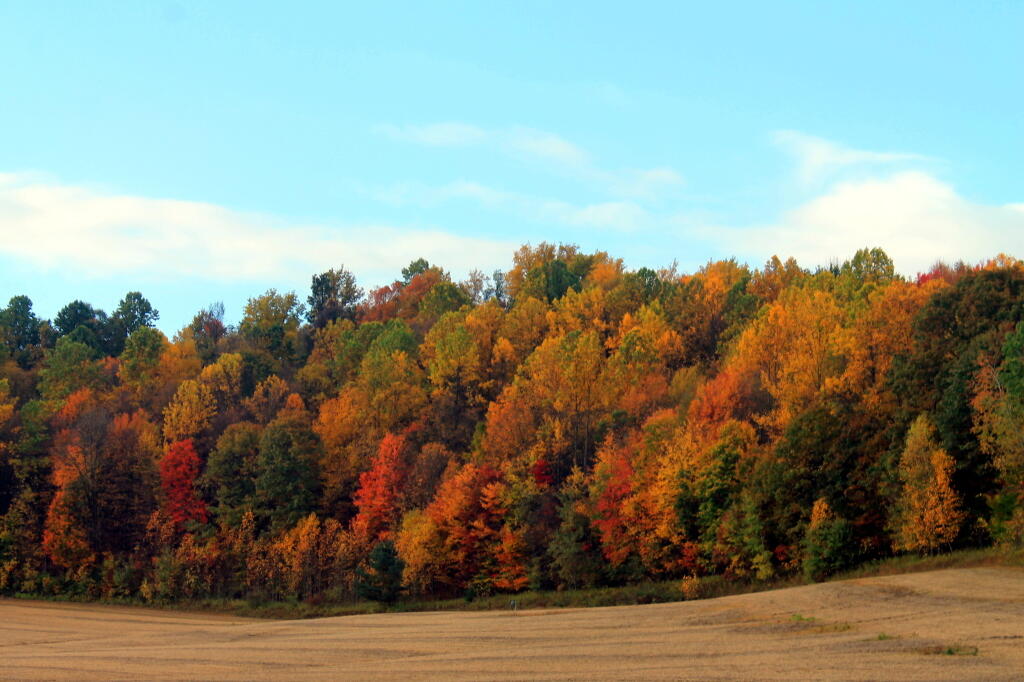Smoking causes lung cancer. Nobody disputes that fact. Yet, 1 out of every 5 Americans still lights up at least occassionally. Smoking feels really good, it’s really relaxing and awesome. Cigerettes with a glass of whiskey and coke, full of ice is so wonderful. That intense sensation from nicotine is out of this world. And by the way — it’s awful deadly.
There was a time when industry spokespersons downplayed the danger from smoking, and there were some doctors and other professionals that questioned the scientific consesus that smoking wasn’t bad for you. Those claims, while never particularly crediable, did give cover to some people who wanted to dig their heads into the sand, and continue to smoke because it felt so increadibly good.
Tobacco companies never forced anyone to smoke. People want their products because they are so damn pleasurable. Anybody is free to quit smoking at any time, but most don’t. There is no real function to smoking, justifying it rationally is very hard to do.
Fossil fuels are the exactly like cigerettes.
It’s so damn pleasurable to burn them.
I often ride my bicycle around town or catch the bus to work and shopping. It gets me where I need to go around town. But nothing is as fun as when Friday evening rolls around, I hop in my truck, slap it into gear, and I’m off to buy some beer or head up into the mountains. Hell, even the sound of the engine makes as it clunks into gear statisifies one’s ears. The feel of effortless 315 HP, as slap my foot on gas pedle (leaving rubber on the road if I so choose), and off we go. You can even push the accelerator harder, and it will speed up effortless — even going up hill!
When you drive, you can take any road you want to. You can drive out into the countryside, up into the mountains. It can take you to the wilderness, to a mountain lake, a farm, or some other remote place, at a rate of roughly 45-75 miles per hour. Cars are elegently styled, you are free to choose your music taste, they can provide solitude and a carefully controlled climate to your choice of temperature, such as 72 degrees, and they take you exactly to your destination. Cars are such wonderful things.
Let’s be honest, the sensation one gets driving is so awesome … even we all conceed its so deadly. Automobiles kill roughly 40,000 people nationwide in a year, and roughly 1,500 New Yorkers. It’s the most common cause of death for people under Age 40. It’s also warming the planet, and putting us rapidly on a course for a time when there will be no mankind, or certainly no mankind living in a world like today.
There will probably no action on climate change, until the damage is serious enough that it can no longer be ignored. A far higher percentage of Americans drive automobiles then ever smoked, and we are all quite happy denying climate change as we push our ways towards the cliff. Until it becomes so obvious that we are all in a sucide pact, Americans have started dying in mass, and their has been clear and unrefutable evidence on climate change, don’t expect a lot of action…
I sure like my truck. And hell, smoking cigerettes sure is a lot of fun. I guess we are all going to die one of these days at any rate.







